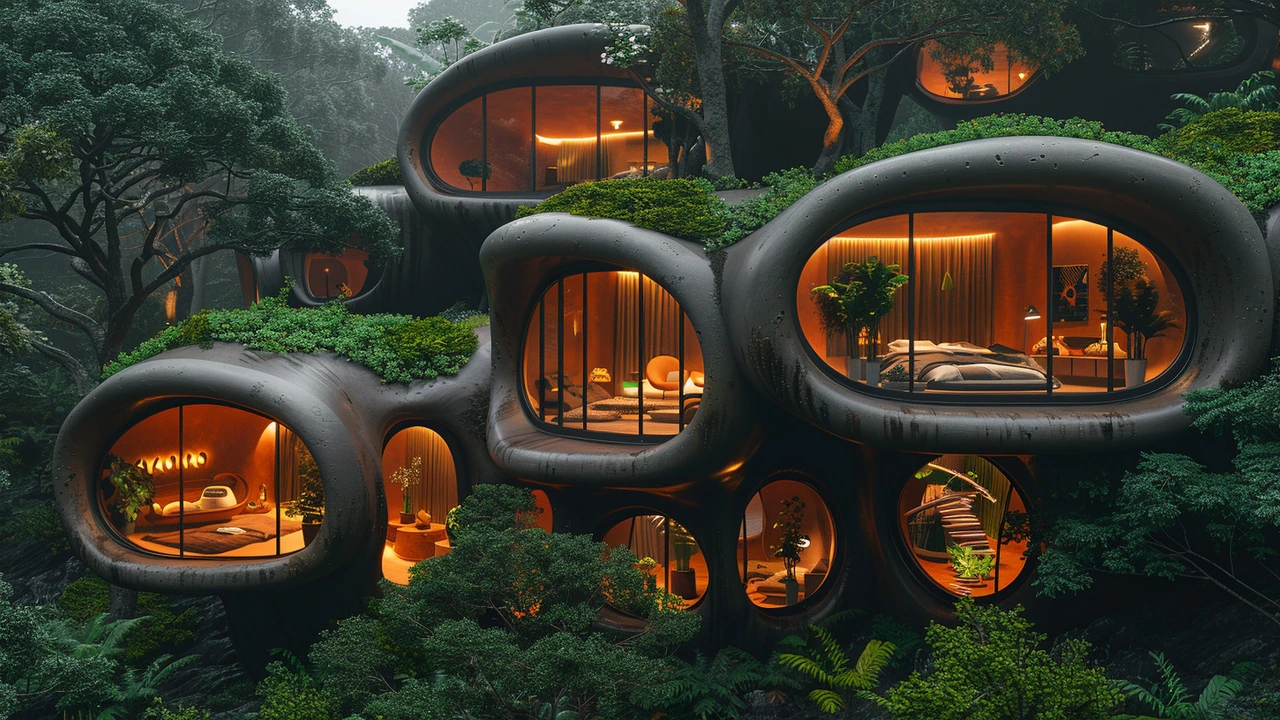Environmental Impact: Art That Changes Places and Choices
Art doesn't sit apart from the world; it shapes and reflects how we use land, resources, and energy. Public works, installations, and even furniture design change how cities drain, where people gather, and what materials we accept as normal. That matters when climate pressure demands smarter choices.
Artists and designers can cut environmental harm in clear ways. Use reclaimed wood, recycled metal, low‑VOC paints, and modular designs that move with exhibitions instead of getting tossed. Small steps—like planning shipping routes to avoid air freight or grouping shows to reuse crates—add up. Makers who list material sources and longevity help curators choose pieces that last instead of clogging storage.
Galleries and festivals play a role too. They can optimize lighting with LED systems and daylight sensors, choose local fabricators, and publish carbon estimates for big shows. Some museums now restore older fixtures instead of replacing them, saving materials and maintaining historical character. When institutions require a sustainability plan from loaning artists, it shifts the whole field toward better options.
How artists and designers cut carbon
Think practical: design works that disassemble and reuse, prioritize dense local materials, and avoid single‑use plastics. Use found objects or collaborate with local tradespeople to reduce transport miles. Try natural finishes and avoid solvent‑heavy products. For prints and editions, consider digital distribution or limited physical runs with clear recycling notes. If you heat a studio, insulate, switch to efficient heaters, and schedule production to avoid peak energy hours.
Art that reshapes cities
Land art and public projects can improve ecology, not hurt it. Well‑planned earthworks manage water, add habitat, and invite people back into neglected areas. Futurist ideas have inspired smart city pilots that use art to hide sensors and reduce visual clutter while promoting cleaner transit. Even furniture and signage designed with Bauhaus principles can be long‑lasting and reduce waste by being useful and repairable.
What you can do as a viewer or buyer: ask where materials come from, favor locally made pieces, and support artists who show repair plans. At shows, bring reusable water bottles and take public transit. When buying, prefer galleries that offer conservation advice or second‑life options.
Short curated reads from this collection: - "Land Art’s Impact on Modern Urban Design" — looks at art that actually changes parks and plazas. - "Futurism’s Impact on Smart Cities" — how forward design meets tech and city needs. - "Bauhaus Modernism" and "Bauhaus Design" — lessons on durable, functional design. - "Installation Art: Evolution, Techniques and Famous Works" — insights on large works and logistics.
Every choice in art—materials, transport, display—has an environmental cost. The good news: creative minds are already finding cleaner, smarter ways to make and show work. Start small, ask questions, and support projects that plan for the long run.
Need a quick fix? Swap toxic solvents for water-based mediums, keep a repair kit, and prioritize exhibitions that list environmental policies. Small habits change market demand fast. Start voting with your wallet.

